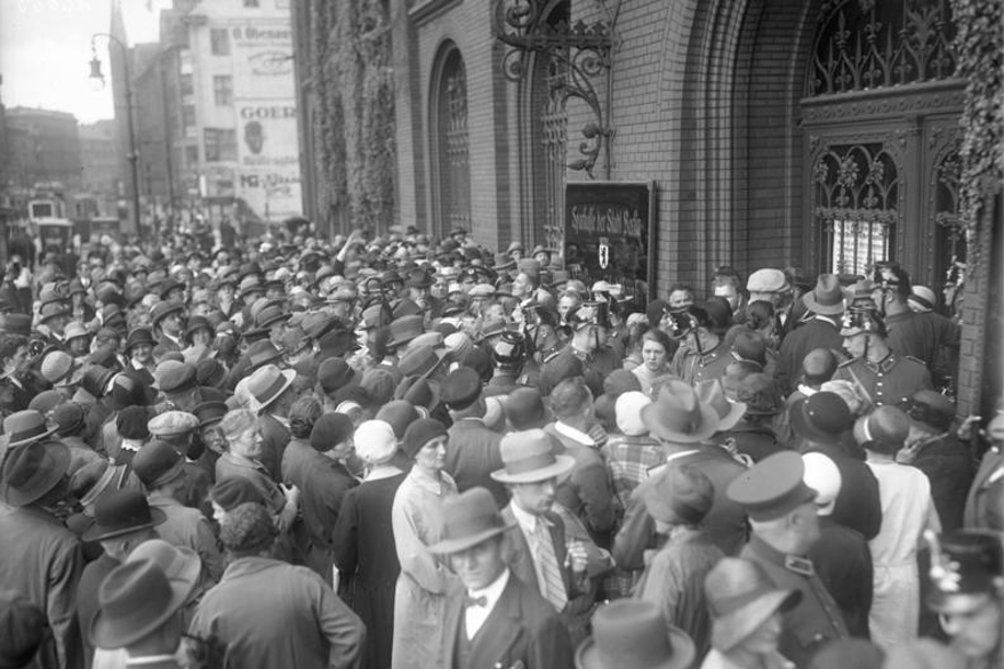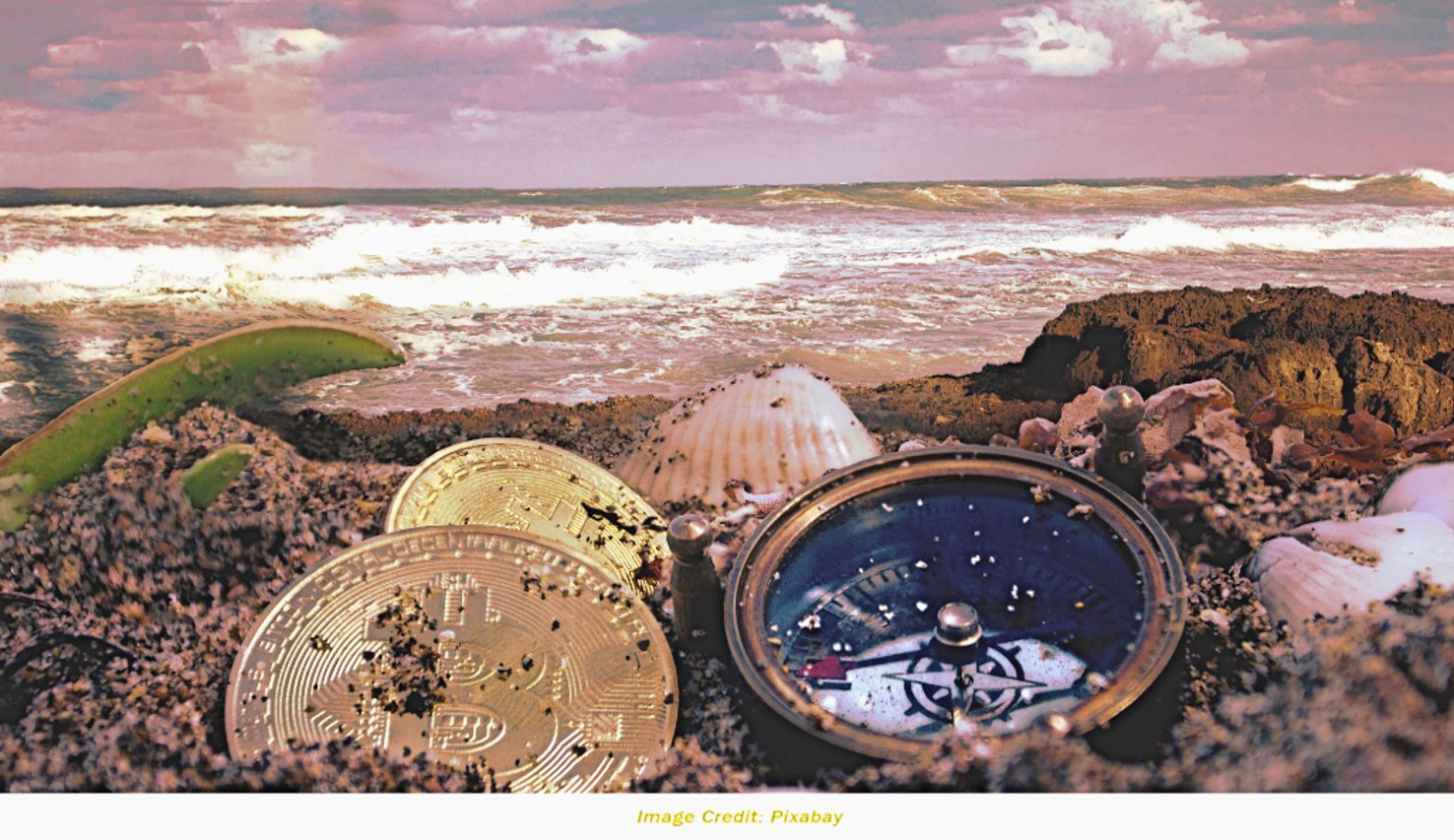
In 2008 Satoshi Nakamoto 1 published a whitepaper, Bitcoin: A Peer-to-Peer Electronic Cash System, in which he describes a new sort of currency. The first sentence of the paper contains the word 'trust'. 'Trust' appears again in the second sentence, and yet twice more in the first paragraph of Nakamoto's whitepaper. It's obvious that trust is central to Nakamoto's vision of cryptocurrency. This makes sense, because trust is central to the viability of all currency.
Shells as Currency

Shell money from the Solomon Islands. This traditional form of money is being supplanted today by cash in many places, but it is till an important part of the culture in the Solomon Islands. The image is used under a Creative Commons Attribution Share Alike 3.0 International license. The picture is attributed to Claus Ableiter nur hochgeladen aus enWiki
It's a Matter of Trust: Yap Stone Money
An article in ABC Science, by Karl Kruszelnicki (University of Sydney, Australia) illustrates how trust is an essential characteristic of money. Dr. Kruszelnicki describes the currency of the Yapese, a people who inhabit four islands in Micronesia. Yapese currency is comprised of stones quarried from distant islands and transported by canoe back to Yap. Part of the value of the stone is the difficulty that has to be overcome in order to acquire it. The stone doesn't actually change hands when it is used to purchase a commodity. Everyone on the island knows when a transaction has taken place and they know the terms of the transaction. No matter the physical location of a stone, everyone knows who owns it. This transaction history becomes part of the collective memory of the Yapese people. The stone has value because people agree that it does. It is in this communal agreement that people place their trust. This monetary system has worked on Yap for hundreds of years.
A picture of stone money on Yap. The image is used under a Creative Commons Attribution Share Alike 3.0 International license and is credited to Peter2pan.
An Assessment of Bitcoin From the Chair of NYU Business School
In doing research for this article I came across divergent opinions about cryptocurrency, and Bitcoin in particular, from 'experts' in the academic and economic communities. One skeptic of Bitcoin, David Yermack, writing in MIT Technology Review, asserts that the currency is not truly money. He makes this claim in an article entitled, Bitcoin Lacks the Properties of a Real Currency. Dr. Yermack explains that a major defect of Bitcoin is that "It cannot be deposited in a bank".. If we are to use Dr. Yermack's theory of money, then we cannot consider Yap stone money to be a true currency. Because a Yap stone cannot be deposited in a bank. But, despite Dr. Yermack's reservations, Yap stone money functions fully and reliably as currency. It does so because people trust it. This is the ultimate test of money. If people agree it has value, then it does. Once trust in a currency is lost, then so is the value.
Financial Crisis in Germany, 1931
This picture shows people trying to get money out of a Berlin, Germany bank, in 1931, during a financial crisis.. That year, not only the German mark collapsed, but there were runs on banks in the UK and the US. Image Credit: Bundesarchiv, Bild 102-12023 / Georg Pahl / CC-BY-SA 3.0. Used under a Creative Commons Attribution-Share Alike 3.0 Germany license.
International Monetary Fund Defines Money
In 2012, the International Monetary Fund published an article entitled, What Is Money? The IMF's definition of money is a little broader than Dr. Yermack's. According to the IMF, money has three essential qualities--all of which may be found in Yap stone money:
- Money has to be something that stores value.
- It has to be something by which value can be measured, by which an account may be given.
- And people must be able to use the currency as a medium of exchange.
Please note: The IMF does not include the necessity of bank deposits in its definition.
At one point in its article, the IMF wraps up the discussion about the essential nature of money in one sentence: "Money works because people believe that it will". In other words, money works because people trust it.
The Cross of Gold Speech
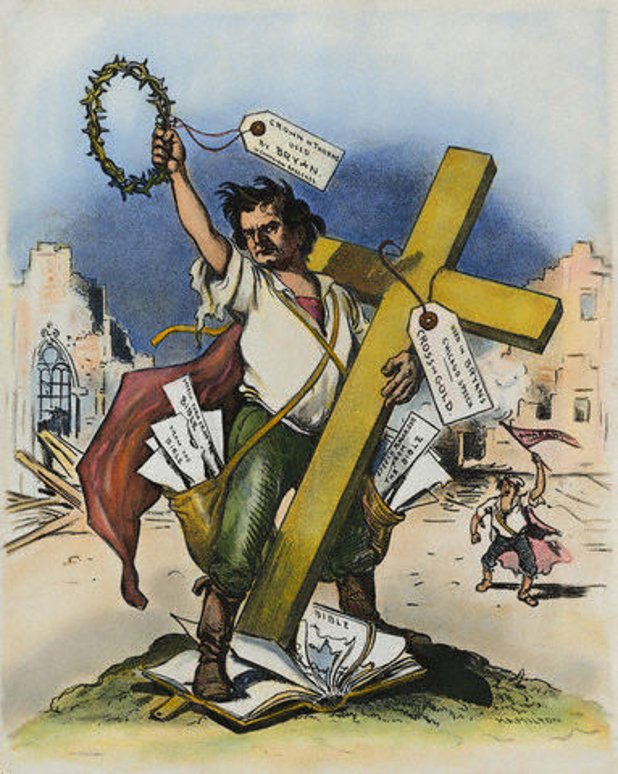
This cartoon was drawn by Grant Hamilton and appeared in Judge Magazine, 1896, and is in the public domain. The picture shows William Jennings Bryan, aspiring presidential candidate. Bryan became famous for his Cross of Gold Speech. In the speech he claimed farmers and debtors in the US were being sacrificed for banking interests. Bryan wanted silver and gold to be used to back the US dollar. Bankers and investors wanted just gold. Gold advocates carried the day when Grover Cleveland became president.
Adam Smith and Burying Wealth
Adam Smith wrote probably the most famous and influential book on modern capitalism: An Inquiry into the Nature and Causes of the Wealth of Nations. In one section of the book, Smith considers how citizens try to preserve wealth in times of instability. He describes efforts "in those unfortunate countries...where men are continually afraid of the violence of their superiors". In that situation, people fear they won't be able to get their hands on their money, and so they always want to "have it...at hand, to carry with them to a place of safety". They live in such fear that it became common practice to "bury and conceal a great part" of their wealth.
Gold Unearthed in a Feudal Treasure-Trove
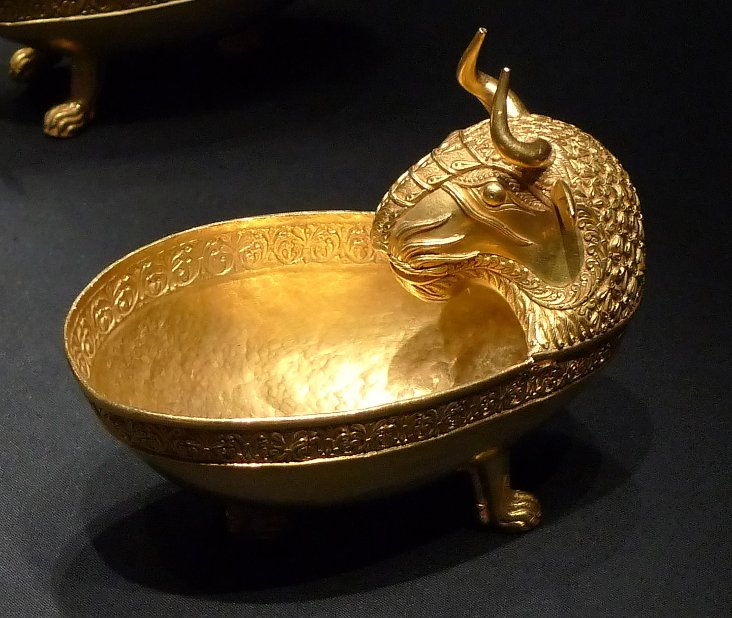
In 1799 buried treasure was discovered in an area that is today western Romania. Twenty-three vessels dating back to the Early Middle Ages were unearthed. The provenance of the items remains a mystery, and specific reasons for burial are also unknown. Image attribution: by Sandstein. Used under a Creative Commons Attribution-Share Alike 3.0 International license.
Smith describes the insecure countries he knows about in his lifetime, and he refers to the past, to feudal time in Europe, when people did not feel safe. He describes the "treasure-troves" that could be found underground, where people had placed their goods in fear. These buried stores were so common during feudal times, that, according to Smith they represented a significant "part of the revenue of the greatest sovereigns in Europe". Smith goes on to explain that whenever this treasure was unearthed, ownership of the trove often fell to the sovereign.
Thus Smith addresses an important aspect of trust and currency. Not only does currency need to have agreed upon value, but it also must be accessible. As is illustrated in one of the above pictures (showing people trying to get into a Berlin bank), getting your money can be challenging in certain circumstances.
Hyperinflation in the Soviet Union
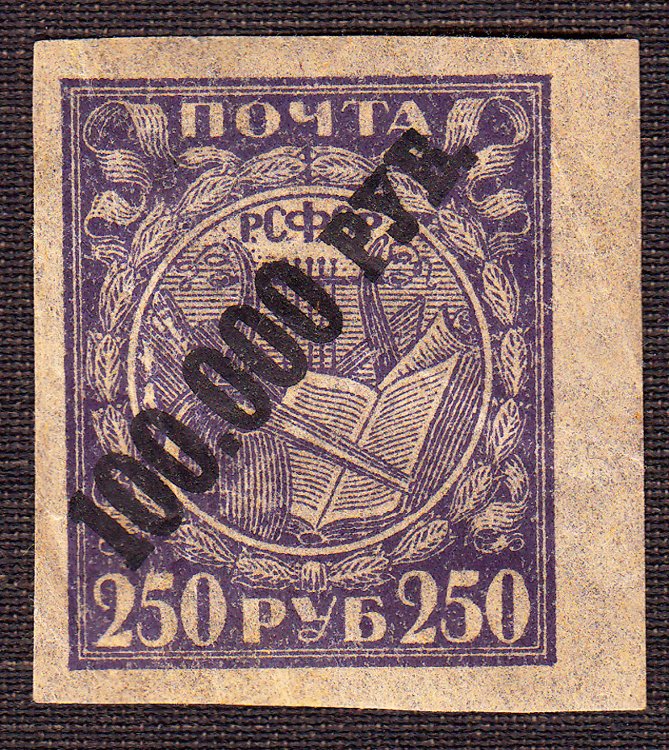
After the Russian Revolution of 1917, Russian currency went through a period of hyperinflation. The image above shows a postage stamp that was supposed to cost 250 rubles, but was actually going for 100,000--the effect of hyperinflation. It is often the case that, when governments undergo radical change, such as revolution, faith in the currency collapses and money becomes essentially worthless. This image is free of copyright restriction "according to article 1259 of Book IV of the Civil Code of the Russian Federation".
Paul Krugman' Exception
The IMF, the YAP people, and Adam Smith come from dramatically different cultural perspectives, but they agree about the one thing that gives money value: trust. This assessment of the essential quality of money is in contrast to a view put forth by Nobel-Prize-winning economist Paul Krugman. In a 2014 New York Times column entitled, Adam Smith Hates Bitcoin, Krugman explains why Smith would not approve of Bitcoin.
Smith, according to Krugman, held gold and silver (as currency) in low regard because mining the metals consumed "real resources". Bitcoin, Krugman points out, likewise consumes real resources--an enormous amount of electricity. Krugman makes a good point here, and this is one of the most serious charges leveled against cryptocurrency.
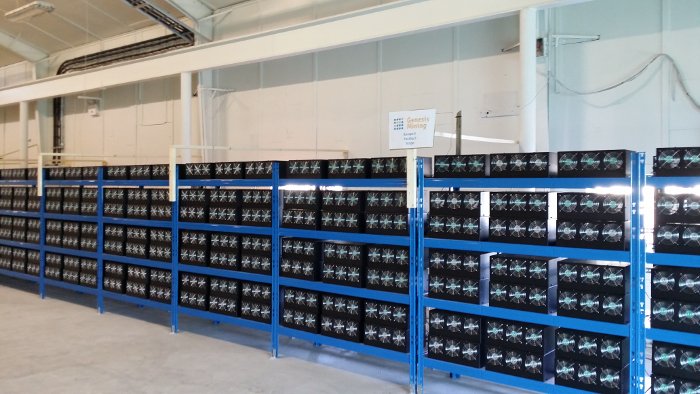
A mining farm in Iceland. The picture is attributed to Marco Krohn and is used under a Creative Commons Attribution-Share Alike 4.0 International license.
However, after Krugman has made his good point, he rests his case. This Nobel-Prize-winning columnist does not go on to address the raison d'être of Bitcoin, (as laid out by Nakamoto in his whitepaper): the need for a more secure, efficient way of conducting transactions on the Internet: An Internet-based monetary entity with inherent trustworthiness.
Krugman's silence on the issue of trust is glaring because of the climate in which he published his Bitcoin column. Both Nakamoto's whitepaper and Krugman's essay were written at a time when the world's trust in the global economic system was shaken. As The Economist explained in a 2013 article, "Trust, the ultimate glue of all financial systems, began to dissolve in 2007 ". The international banking system failed. The Icelandic Krona lost so much value that it was no longer traded on currency markets. This is the environment in which Nakamoto's paper was published. And five years later, when Krugman wrote his column, the world was still recovering from the financial collapse. Yet Krugman never refers to the loss of confidence in fiat currencies or banks. The omission is inexplicable.
Nakamoto Explains the Need for The Blockchain
At the very beginning of his whitepaper, Nakamoto addresses the obvious question: why is there a need for an alternate payment system? He methodically and efficiently describes why he believes there is a need for a new system of payment transactions on the Internet. Summarized, this is his rationale:
Traditionally, institutions have acted as trusted third parties to validate transactions between two parties online.
Fiat currencies are produced at will, with no external controls.
Nakamoto addresses weaknesses in this traditional payment model:
a. In the trusted third party model, there are expenses associated with using the service of a third party (you have to pay the bank a fee). These expenses increase the cost of Internet transactions. This increased cost makes very small transactions impractical.
b. Because transactions are reversible in the trusted-third party model (that is, with a bank acting as an intermediary), a lack of trust spreads through the system. Merchants regard their customers with skepticism--because, obviously, they don't want to get stuck with a bad transaction. Fraud becomes an issue, and the cost of fraud has to be incorporated into a price structure.
c. It's impossible to use cash, which would solve the issues addressed in a. and b., because the transactions take place online.
d. There is a potential to print an infinite amount of units: inflationary potential is inherent in fiat currency.
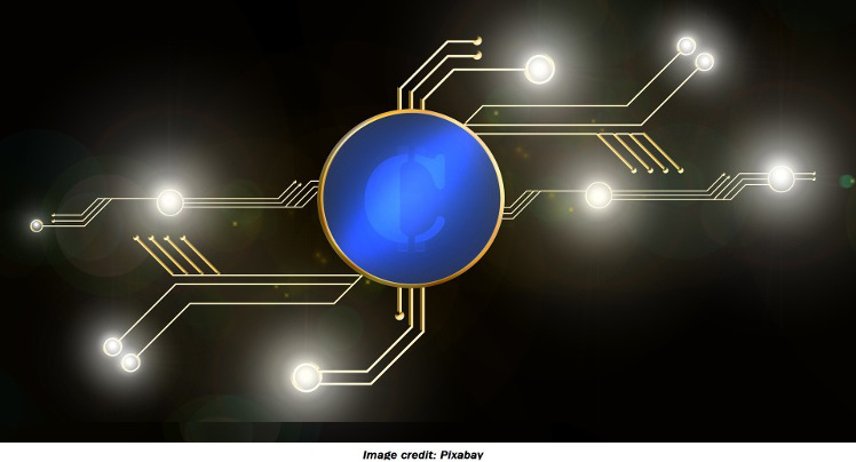
Nakamoto's solution, Bitcoin2, addressed all of these issues. He devised a cryptography-based currency, one in which the transparency of proof would impart trust, and one in which the design would make transactions virtually irreversible. The essential design of this new cryptocurrency would be to time-stamp each computation in each step of a transaction so that reversing the steps would be "impractical".
In order for this system to work and be 'trustworthy', according to Nakamoto, honest transactors would have to stay ahead of dishonest attackers. And, in order to do this, "honest nodes collectively" would have to "control more CPU power than any cooperating group of attackers".
Nakamoto goes on to explain in detail how blockchain (the series of time-stamped computations linked together chronologically) transactions would be verified. A good deal of detail is also devoted to describing how dishonest brokers would be thwarted by the dynamic of the blockchain, although Nakamoto does acknowledge that short-term, bad actors might be be able to get away with mischief.
Finally, the inflationary potential of fiat currency would be avoided because there is a finite limit to the number of Bitcoins that can be printed. Therefore, the value of existing coins cannot be diluted by the production of additional units.


When Satoshi Nakamoto published his whitepaper in 2008 he adapted traditional notions of currency to twenty-first-century technology. That was ten years ago. Today, the crypto market is no longer a novelty. Blockchain technology is attracting traditional investors, such as the Rockefeller family.. What will the next ten years bring?


1 Is Satoshi Nakamoto male or female? One person or many people? The name was chosen by the author of the whitepaper and the author is typically referred to as a male, so I follow that convention in this post.
2 Since Nakamoto wrote his whitepaper, other cryptocurrencies have grown up (including Steem). These have developed their own organizational ecology and ethos.
Some Sources Used in Writing This Post
https://blockonomi.com/who-is-satoshi-nakamoto/
http://www.wallstreettechnologist.com/2015/09/29/is-money-the-same-as-currency/
https://www.pacificartisan.com/single-post/2017/05/14/Shell-Money-Currency-of-the-Solomon-Islands-Ethical-Fair-trade-Jewellery
http://www.abc.net.au/science/articles/2016/06/21/4485466.htm
http://www.abc.net.au/science/kelvin/k2/aboutkk.htm
https://www.worldwildlife.org/ecoregions/oc0204
http://www.stern.nyu.edu/faculty/bio/david-yermack
https://www.technologyreview.com/s/524666/bitcoin-lacks-the-properties-of-a-real-currency/
https://link.springer.com/article/10.1007/s11698-007-0014-4
https://www.investopedia.com/terms/b/bankrun.asp
http://www.imf.org/external/pubs/ft/fandd/2012/09/basics.htm
https://www.history.com/topics/william-jennings-bryan
http://decodedpast.com/adam-smith-1723-1790-father-modern-capitalism/15048
http://www.thebyzantinelegacy.com/nagyszentmiklos
https://www.investopedia.com/terms/h/hyperinflation.asp
https://krugman.blogs.nytimes.com/2013/04/12/adam-smith-hates-bitcoin/
https://www.washingtonpost.com/news/worldviews/wp/2018/02/13/cryptocurrency-mining-in-iceland-is-using-so-much-energy-the-electricity-may-run-out/?noredirect=on&utm_term=.3e5fcaf83d0b
https://www.economist.com/schools-brief/2013/09/07/crash-course
https://www.theguardian.com/business/2008/dec/28/markets-credit-crunch-banking-2008
https://www.nytimes.com/2008/10/09/business/worldbusiness/09iht-icebank.4.16827672.html
https://www.investopedia.com/terms/f/fiatmoney.asp


